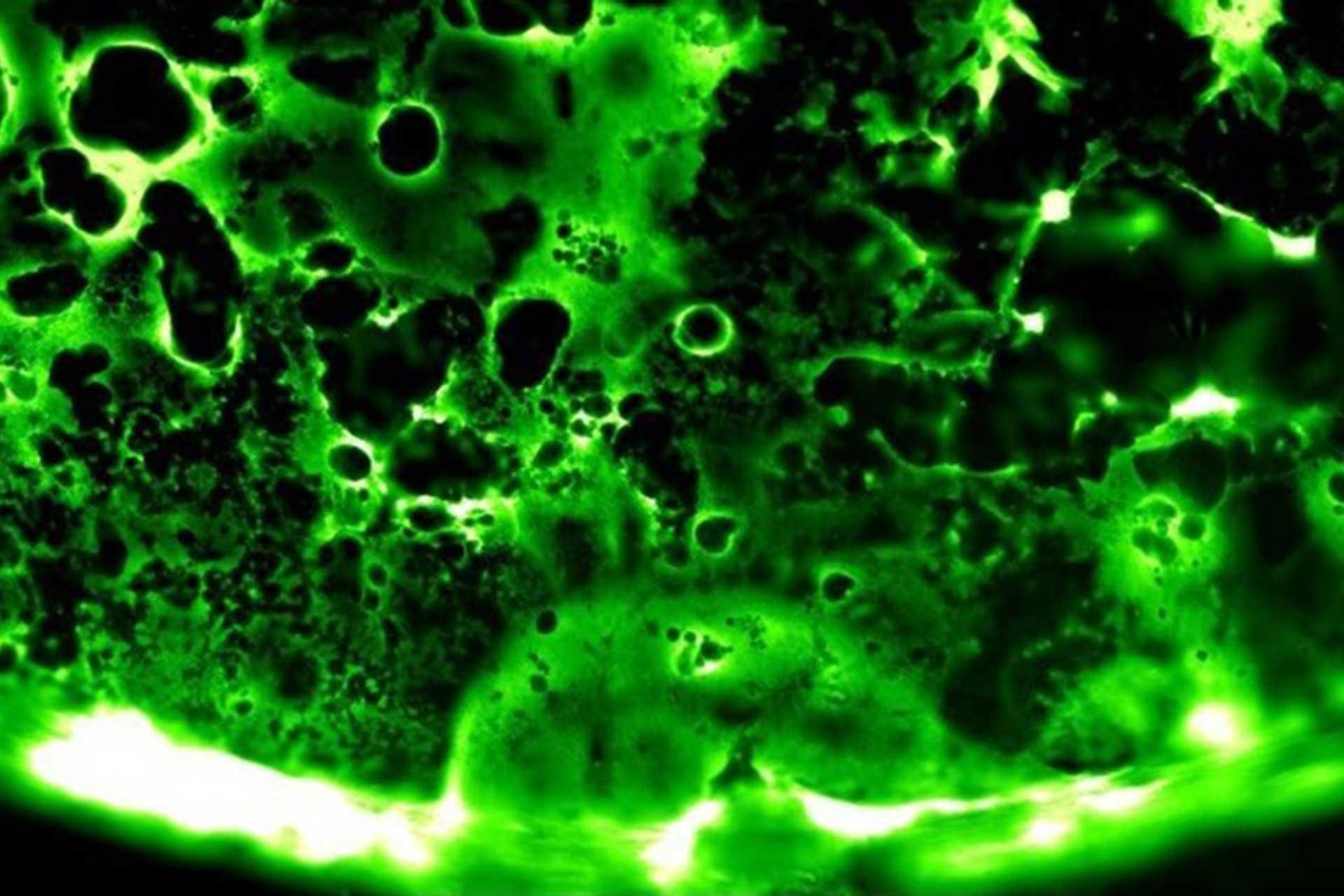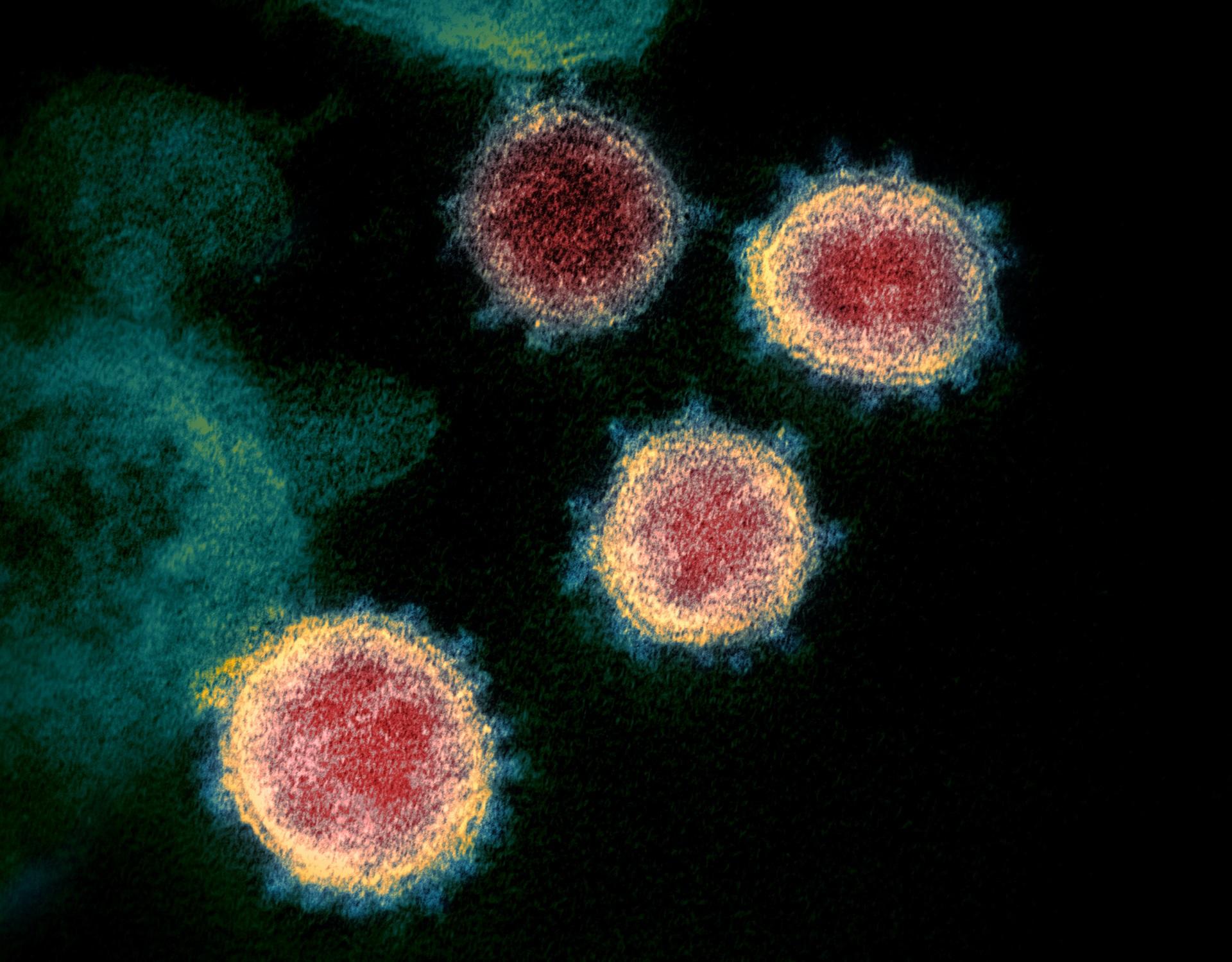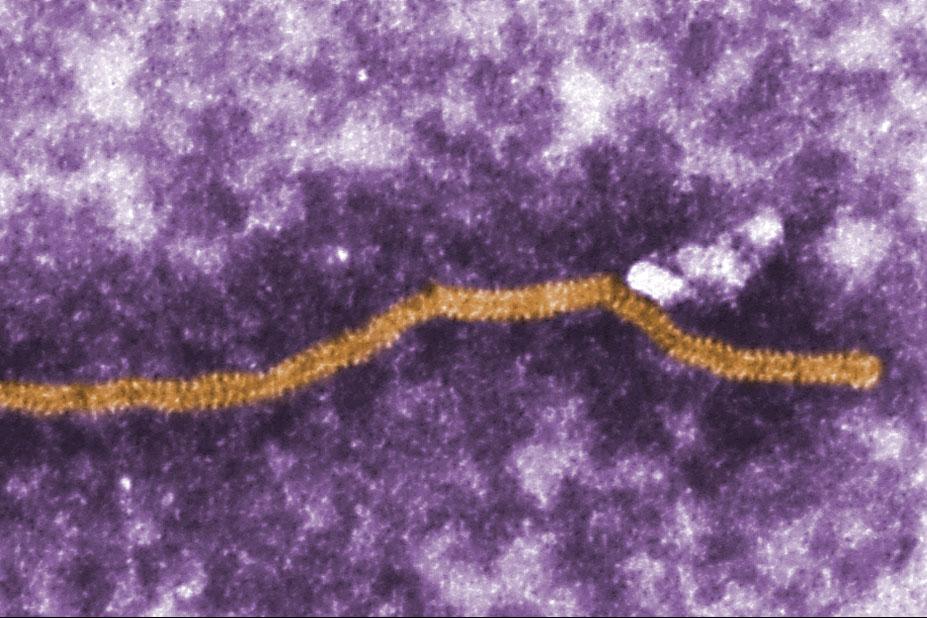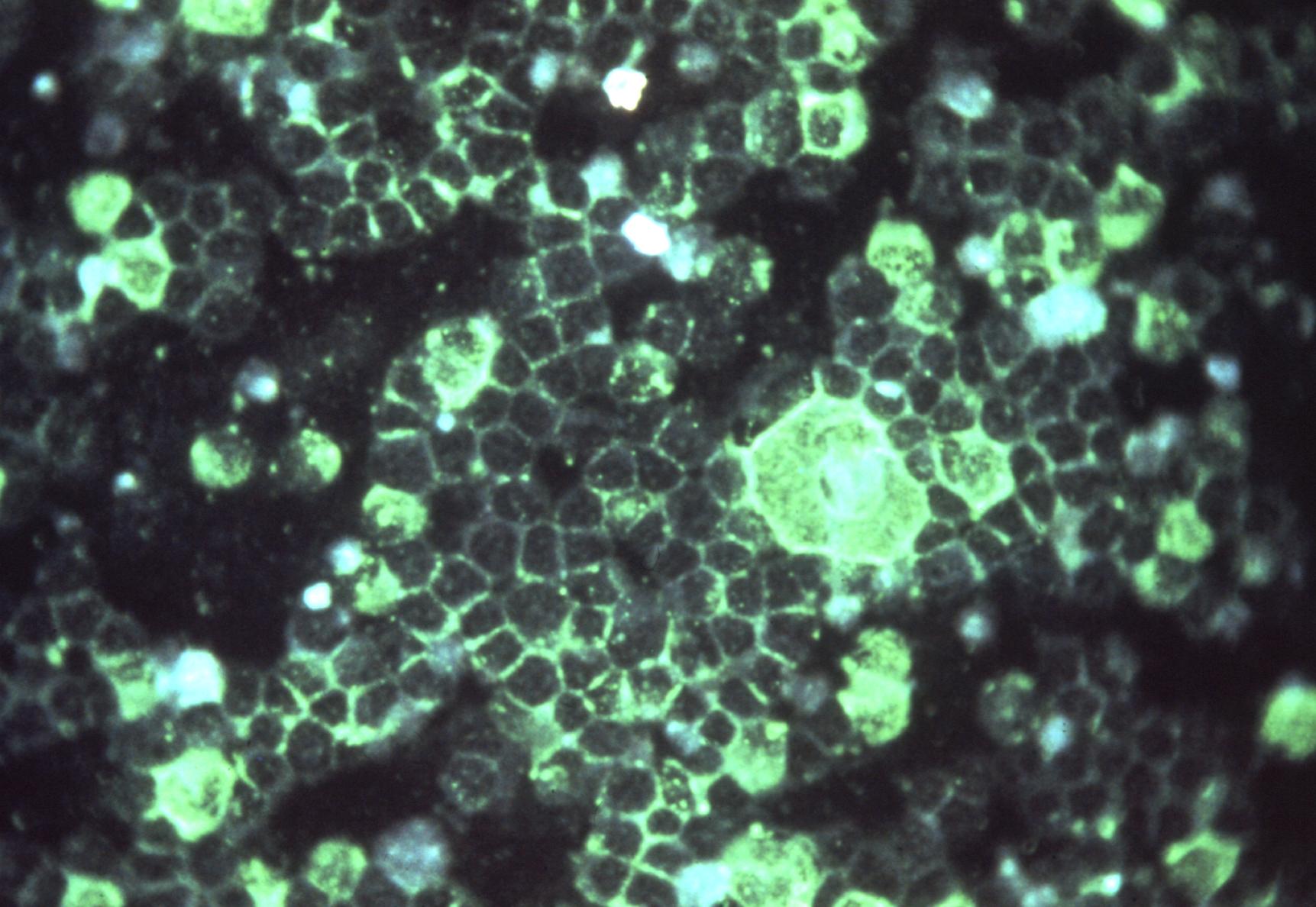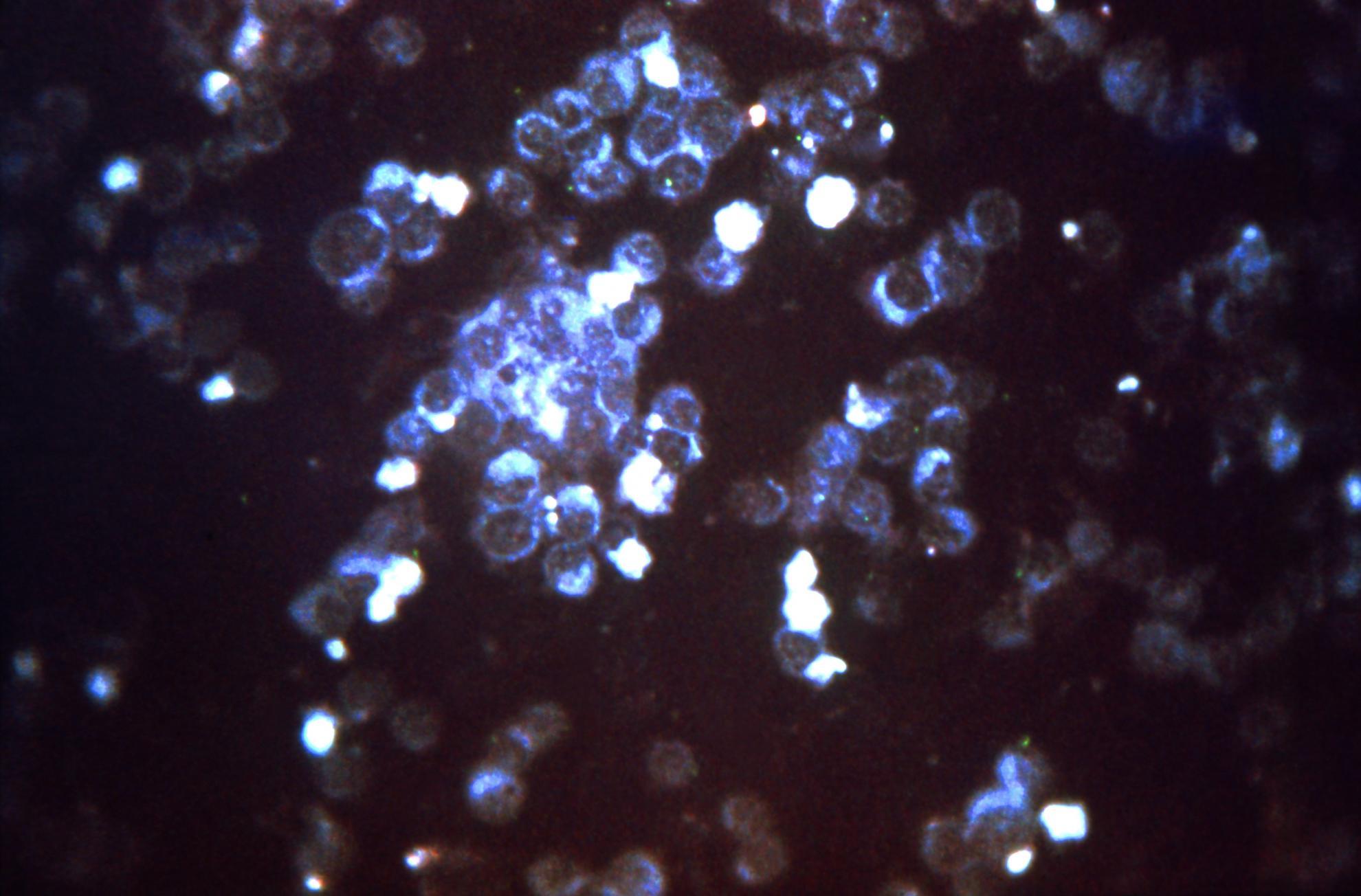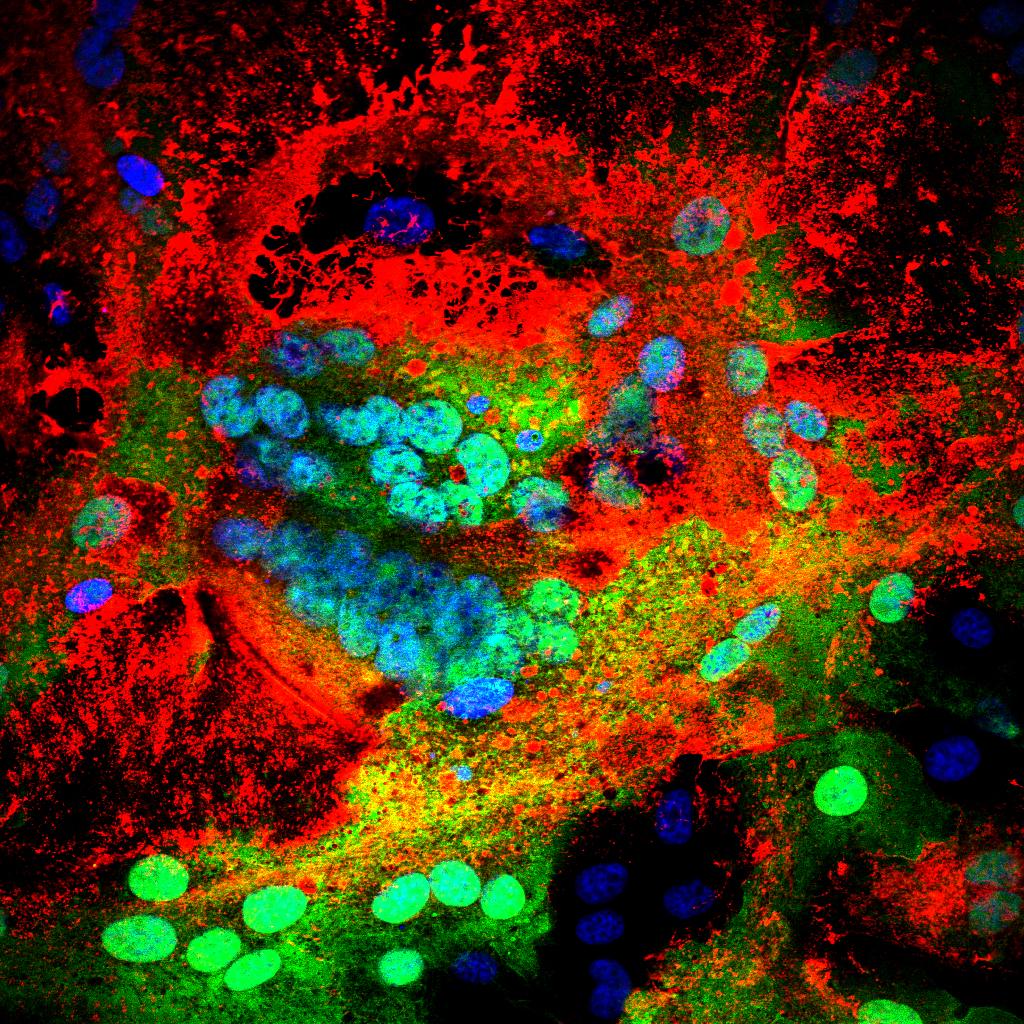Our group
The group, led by Dr Dalan Bailey, works on a range of RNA viruses including SARS-CoV-2, Nipah virus, respiratory syncytial viruses and the morbilliviruses.
Funded by the Medical Research Council (MRC), Biotechnology and Biological Sciences Research Council (BBSRC) and the Department of Health and Social Care (DHSC), the Viral Glycoproteins group investigates viral host interactions, in particular those involved in entry, innate immunity and viral RNA replication. We are particularly interested in using molecular virology to better understand why viruses cause disease and how they jump between species. From a more translational perspective we are also involved in vaccine development and testing.
The lab is staffed by a diverse international team, with a broad interest in virology, immunology and vaccinology. We are committed to the development of junior scientists and regularly host undergraduate and postgraduate students within the lab.
Our aims
Our aim is to improve our knowledge of RNA viruses to support the development of better vaccines, to better understand human and animal disease and also to forewarn future pandemic threats to humans and animals.
Our research
Using state-of-the-art proteomics and quantitative entry and exit assays our group focuses on defining the following aspects of RNA virus biology:
Innate immunity:
We focus on two main areas for this research. The first is examining the links between viral entry/exit and the innate immune response. We are particularly interested in whether viral glycoproteins from human respiratory viruses (measles virus and respiratory syncytial virus) are targets for the innate immune system in infected cells and how and when this process unfolds during infection. Secondly, we are examining how the recruitment of innate immune proteins to viral inclusion bodies affects innate immune signalling, building on research published for RSV and NF-KB in 2020. This research is supported by the Medical Research Council.
Attachment and entry:
The interaction between virus particles and host cells is often determined by the specific affinities of viral attachment proteins for their host receptors. The nature, strength and specificity of these interactions plays an important role in determining the mechanisms of particle entry as well as the host range and cell-specificity (tropism) of viruses. These factors, in turn, affect the nature and severity of disease (pathogenesis) caused by the virus. We have recently published research redefining the central dogma of morbillivirus entry and continue to perform research in this area to examine if viral glycoprotein-receptor interactions play a role in the zoonotic transmission of these viruses as well as coronaviruses (funded by the BBSRC). We are also using the techniques we have developed to examine the neutralising antibody responses generated by candidate vaccines (to Nipah and SARS-CoV-2) in research supported by Innovate UK and the BBSRC.
Budding and release mechanisms:
Viruses such as the paramyxoviruses have evolved two distinct strategies to spread from infected to uninfected cells. The classical strategy is via the formation and release of enveloped infectious particles while the other employs direct cell-to-cell fusion, allowing spread without virion production. Both processes are driven by viral glycoprotein expression, yet result in fundamentally different outcomes. Characterising the mechanisms behind these two processes, as well as the balance between the two during infection, is a key goal of our group.
Our impact
We are determined to deliver impact at multiple levels of society. From a translational perspective we want to help design better vaccines and vaccination strategies as well as discover new antivirals to fight viral infections. From a research perspective we endeavour to deliver high impact research that will push forward our understanding of virology.
